The importance of staircase safety in home design
Staircases are more than just a means to move between floors; they are a central feature in home design that can make a statement and reflect the homeowner's style. However, their design must prioritize safety to prevent accidents and injuries.
Every year, thousands of individuals are injured on residential staircases. These accidents can be severe, sometimes even fatal, highlighting the critical need for safe staircase design in homes.
Key Elements of Safe Staircase Design
Ensuring that staircases have the correct rise, run, and width is essential for safety. Ergonomically designed stairs reduce the risk of falls and make the staircase more comfortable to use.
Choosing the right materials is crucial for both the longevity and safety of the staircase. Materials should be durable, non-slip, and capable of withstanding the wear and tear of daily use.
Handrails and guardrails are vital for preventing falls. They should be sturdy, at the correct height, and designed to be easily grasped.
Proper lighting is important to ensure that each step is clearly visible. Strategic placement of lights can greatly reduce the risk of missteps and falls.
Integrating Safety with Aesthetics
Safety features should be integrated seamlessly into the overall design of the home, complementing the aesthetic and enhancing the interior.
Bespoke staircase designs can address the specific safety needs of a space while also providing a unique, personalized touch.
Using color and contrast can not only add to the visual appeal of a staircase but also serve as an important safety feature by delineating edges and steps.
Regulations and Compliance
Compliance with local building codes and standards is non-negotiable for staircase safety. These regulations are in place to ensure that staircases are safe for everyone to use.
Professional installation by experienced craftsmen ensures that staircases are built to the highest safety standards.
Maintenance and Upkeep for Long-Term Safety
Regular maintenance is essential to keep staircases safe over time. This includes inspecting for wear and tear, loose parts, and potential hazards.
Older staircases may need updates or modifications to meet current safety standards. This can involve retrofitting handrails, improving lighting, or replacing materials.


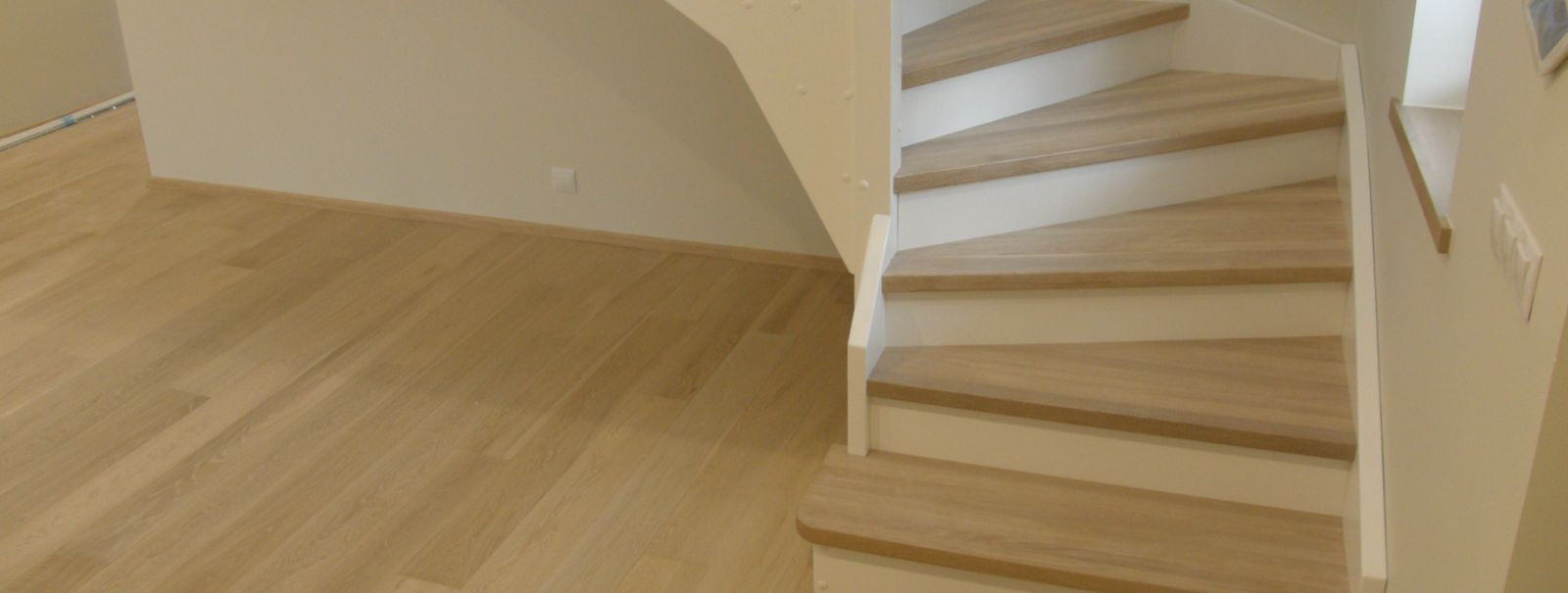

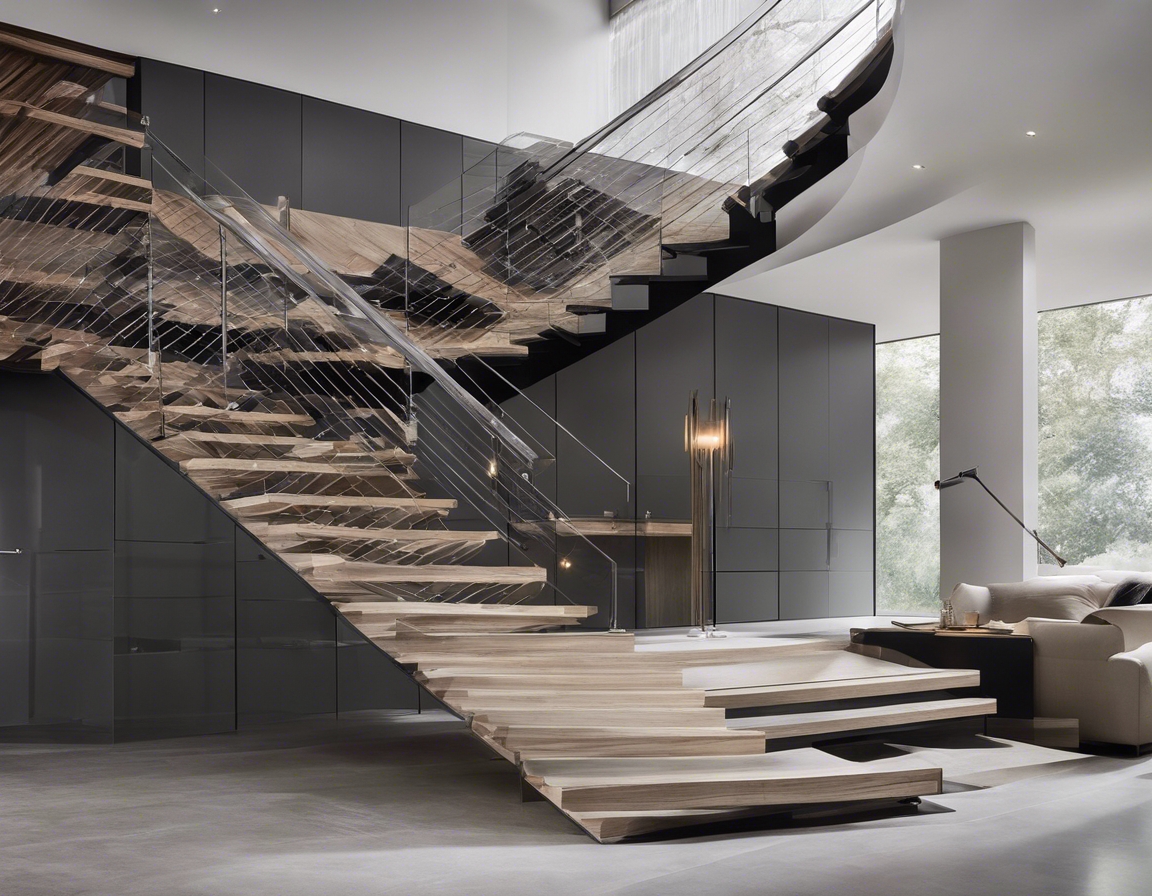
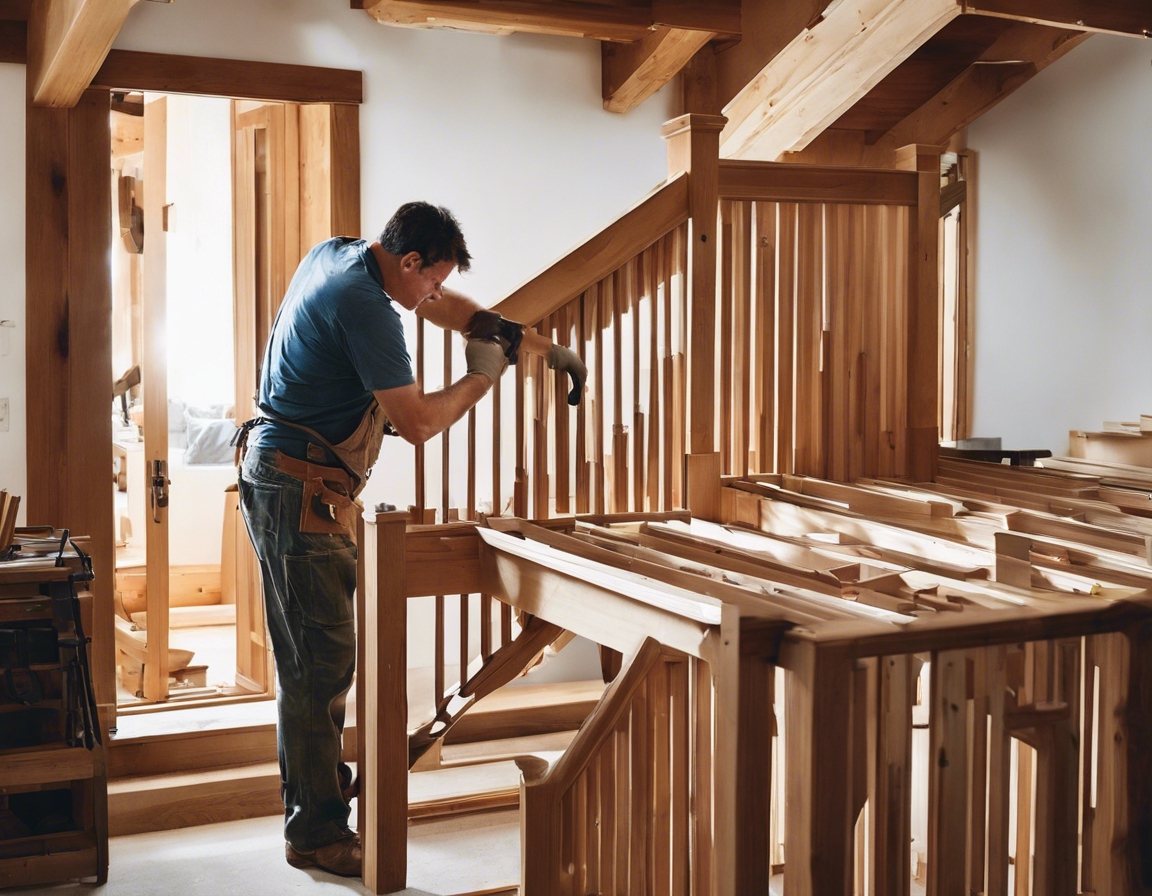
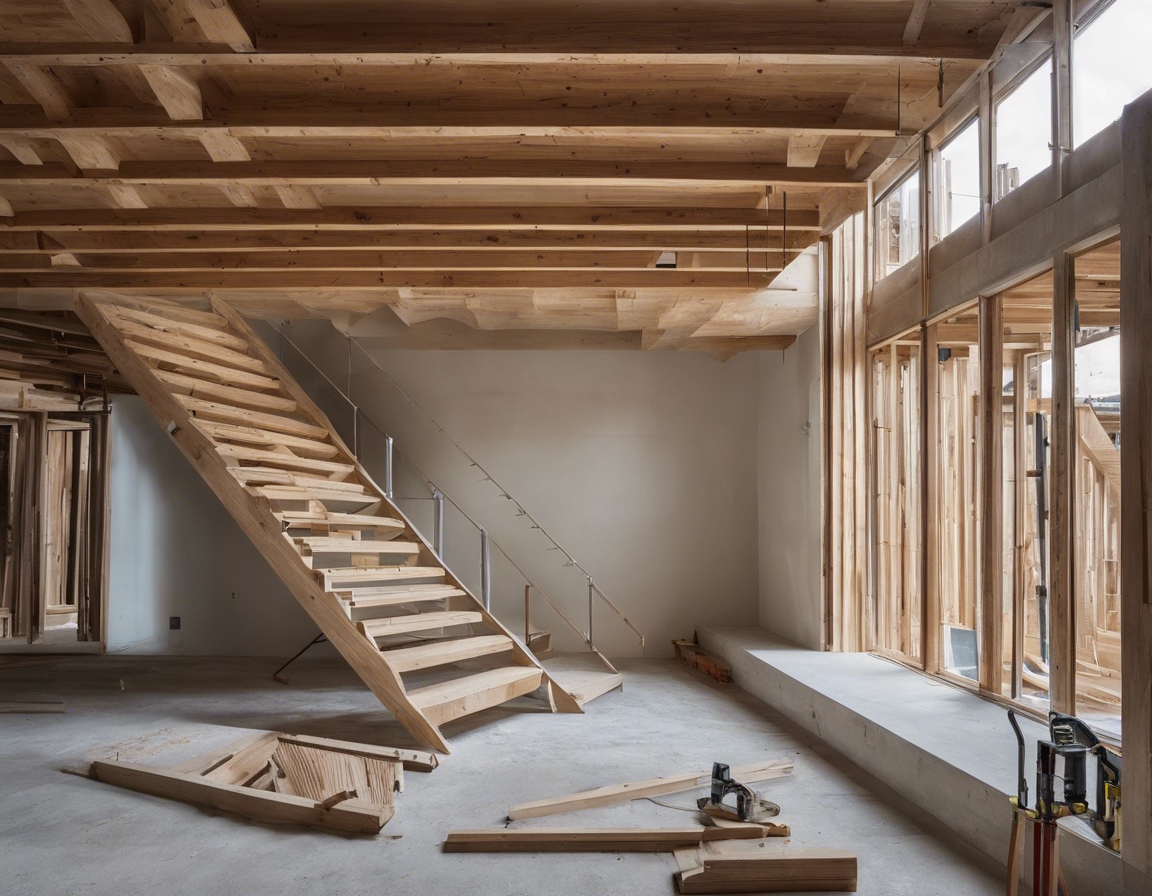
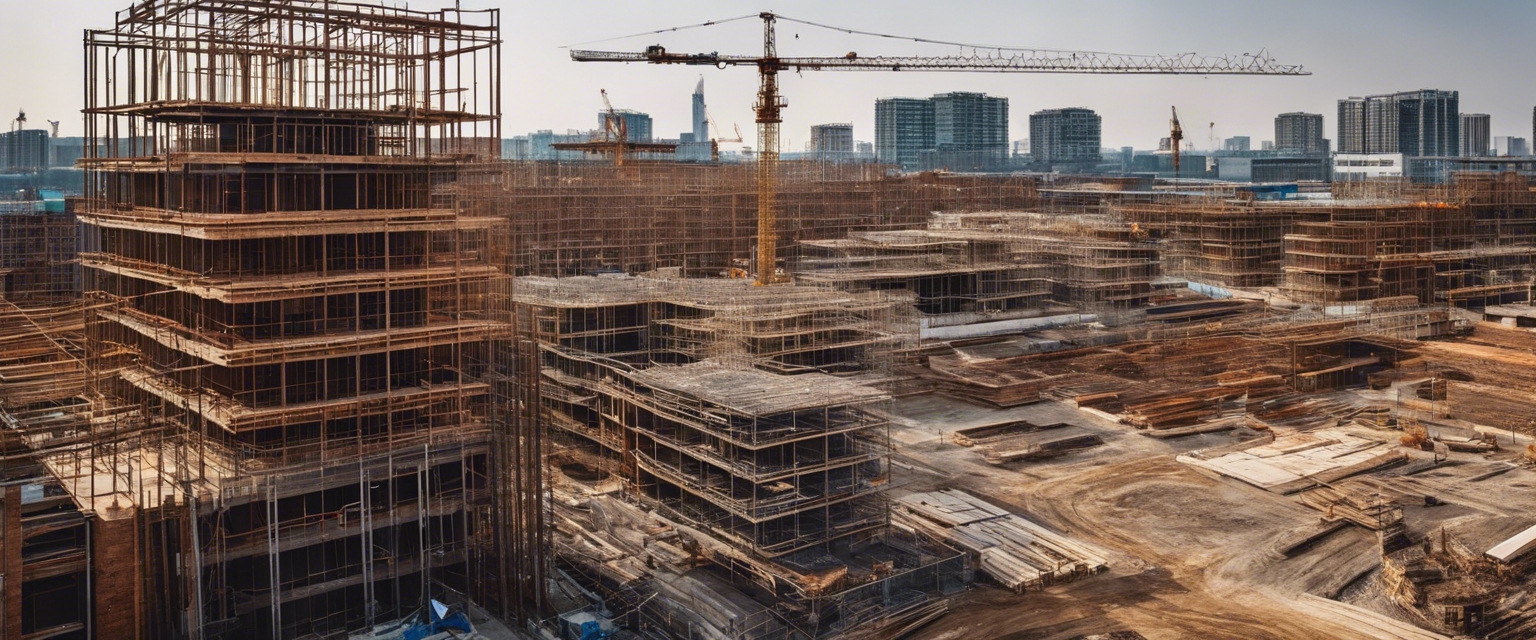
Comments (0)